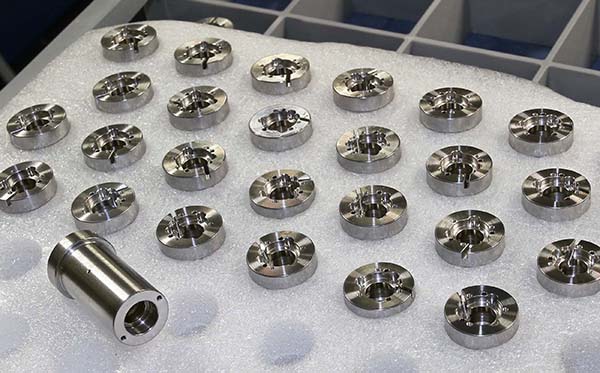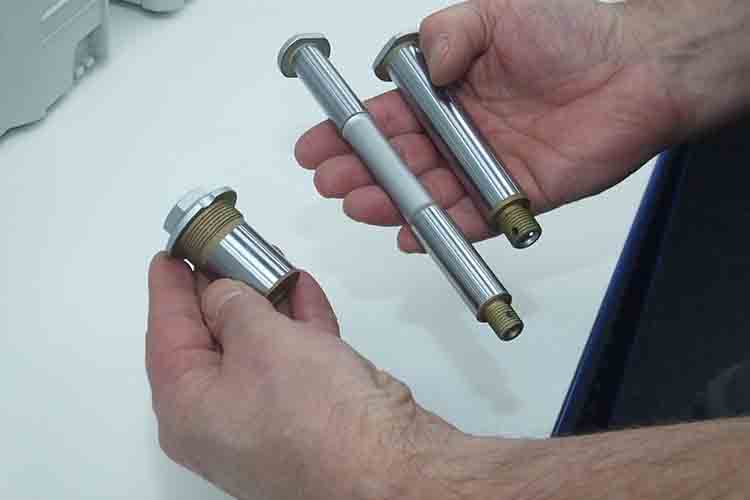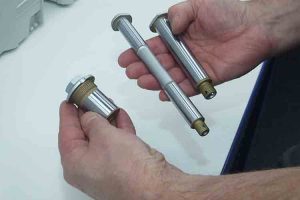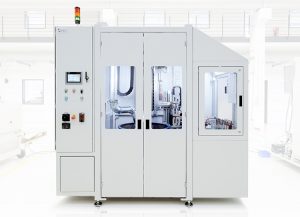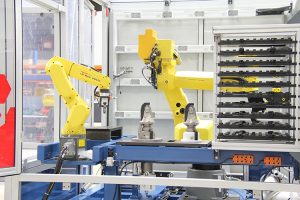Engis UK, offers customers a tooling solution which effectively replaces the expensive and skilled “black art” of honing, putting the process firmly into the range of repeatable and cost-effective machining centre tasks on standard vertical and horizontal CNC equipment.
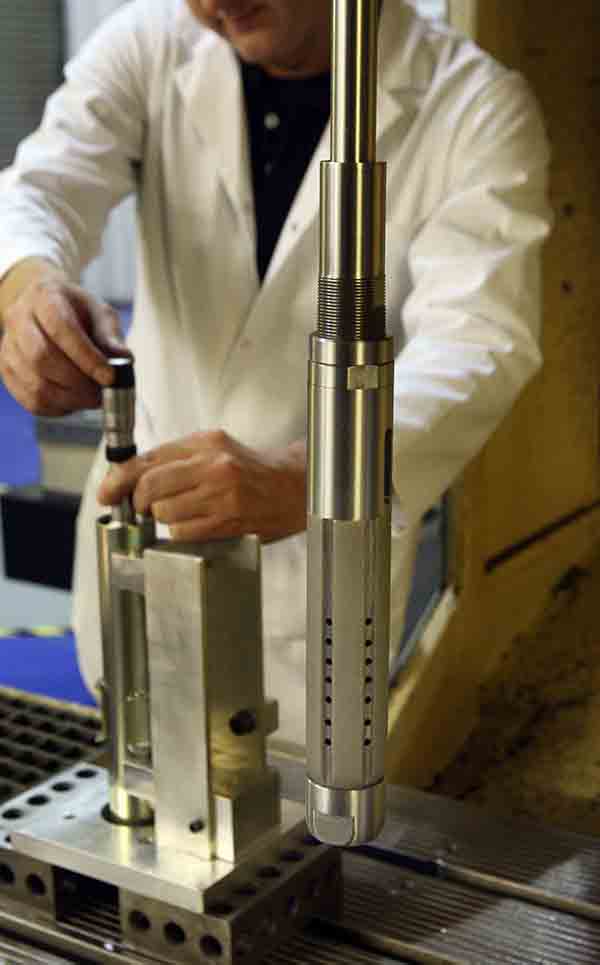
The tooling’s design overcomes issues caused by lack of height within many machining centres, and removes the need for floating toolholders and adaptors (enabling the bore finishing tools to be held directly in the machining centre toolholders), while still providing the required high-accuracy geometry demanded of bore-finishing operations, e.g. roundness to within 1 µm and surface finish to 0.2 Ra.
Using Engis’ flexible tooling system, the first tool passes through the bore with a single in-and-out stroke, and its place is then taken by the pre-set, single-pass tool. The number of tools used in any given application will vary depending on the amount of stock to be removed, the surface finish, the geometry and the material being machined.
Each of the new Engis pre-set, single-pass bore-finishing tools is coated in a single layer of diamond, which is permanently plated on to the tool, creating faster cutting/stock removal rates and ensuring that tool sizes can be held for long periods without adjustment.
For further information www.engis.com







